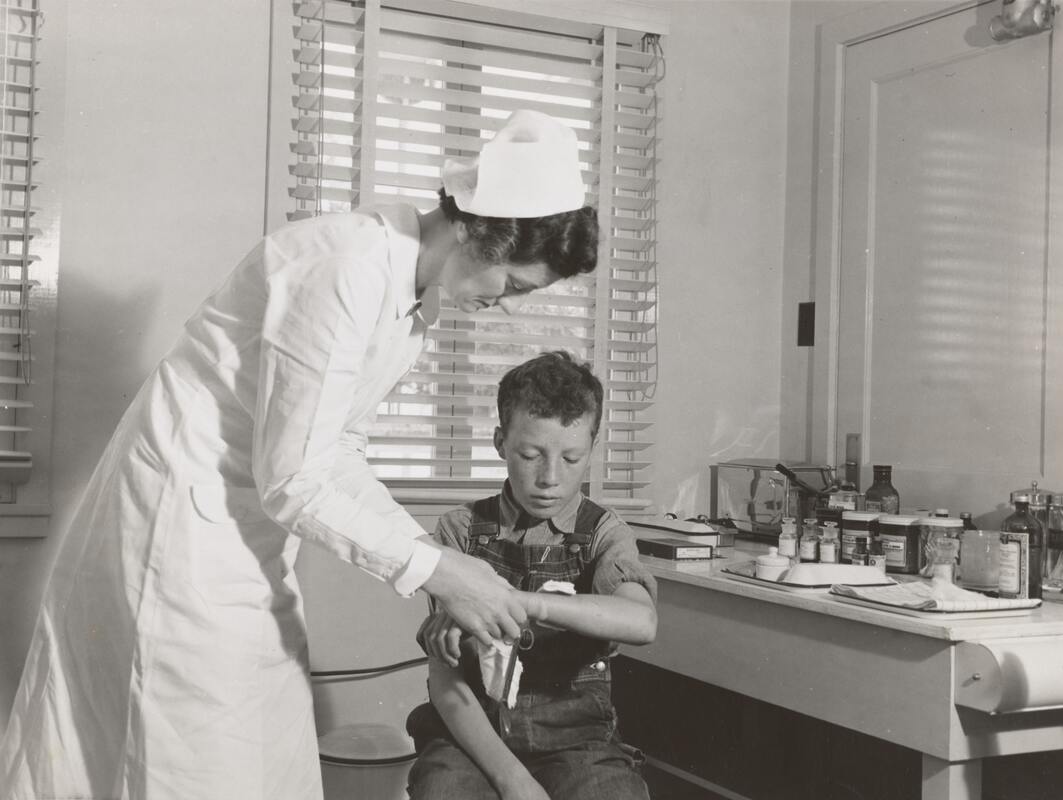 Photo by The New York Public Library on Unsplash 1939 - Farm Security Administration (FSA) camp at Farmersville, Tulare County, for migratory agricultural laborers. Migratory boys come to the clinic for attention of the resident nurse of the Agricultural Workers' Health and Medical Association (FSA). Photographer - Dorothea Lange Have you thought about capturing medical history for your ancestors? A cousin recently contacted me to ask about our family’s medical history…cancer occurrence within our aunts, uncles, and cousins. As I was compiling a list, it made me think how this disease impacted so many lives. As medicine advances, more people can beat the odds, but it is still a dreaded disease. As genealogists, we seem to be the keepers of family information, including those related to illnesses and death. Let’s look at ways that we can capture this information for others.
0 Comments
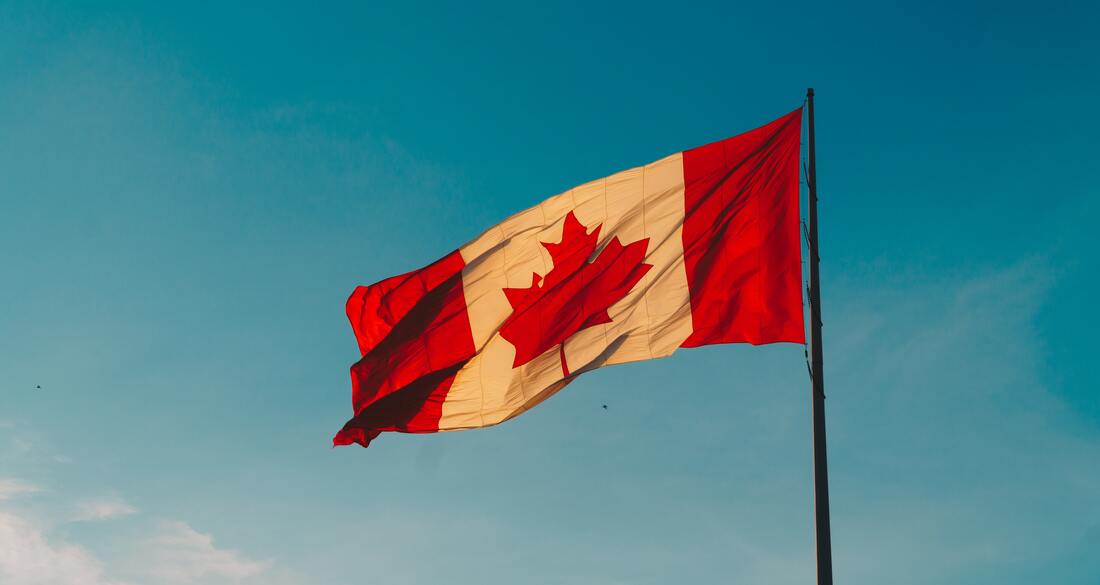 Photo by Hermes Rivera on Unsplash The Library and Archives Canada (LAC) has likely been a “go to” place for you if you have Canadian ancestors. They have a wealth of information. Some online while others to be researched in person. This past year plus has been challenging for many, including an institution such as this. They are in the process of revamping their website and have introduced podcasts to help us discover interesting treasures in their collections. Let’s look.
A well-loved Aunt celebrated her 85th birthday recently and as part of her birthday gift, I decided to find her Danish mother’s birth record. Her mother came to the United States when she was only 9 months old with her parents, a sister, and a brother. They were the only ones from their family to travel to America. They were never to see their family in the old country again—an experience of many immigrants. As you know and have experienced yourself, we family historians cannot stop at just one name in our research! So, of course, I didn’t stop at just her mother’s generation. Instead, I went back a couple more generations in Denmark. This week let’s look at the Danish records available online.
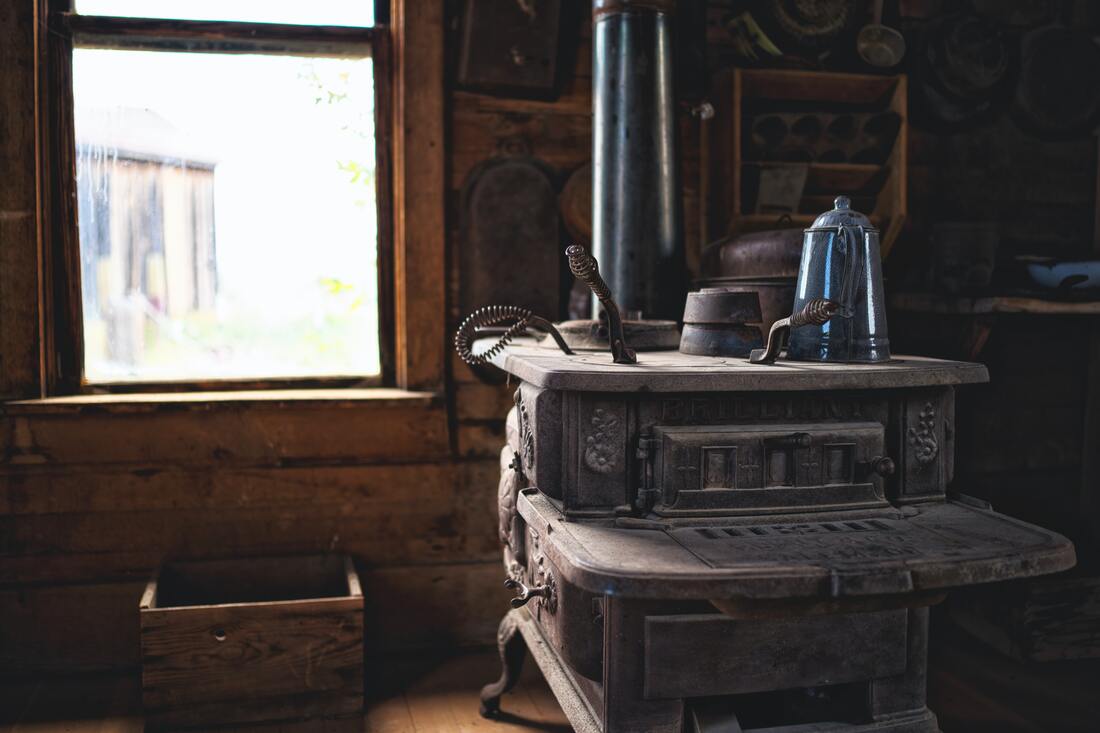 Cast iron stove in an old farmhouse in Fort Rock, OR. Photo by Kevin Butz on Unsplash I recently watched a great PBS show which talked about women homesteaders in the Minnesota, North Dakota, and South Dakota area. Our ancestors were nothing less than remarkable in their determination and persistence to better their lives.
Tracking our female ancestors can be a daunting proposition. They are often referred by everything but their entire name: “Mrs.” or “wife of” or “daughter of” with no seeming identity of their own. Who were these women? They were more than their wives, sisters, or daughters. Occasionally we are fortunate to find their full name in marriage records, baptisms, and wills. One place that you might not have considered for your female ancestor is in land records, particularly homestead records. Let’s explore a few ways where your female ancestor might show up. |
AuthorWith a lifelong passion for genealogy and history, the author enjoys the opportunity to share genealogy tidbits, inspiring others to research and write their family story. Archives
July 2024
Categories |
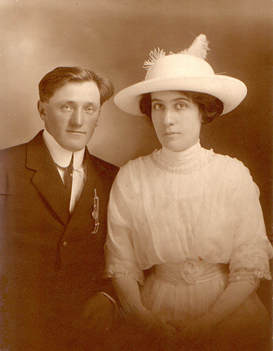
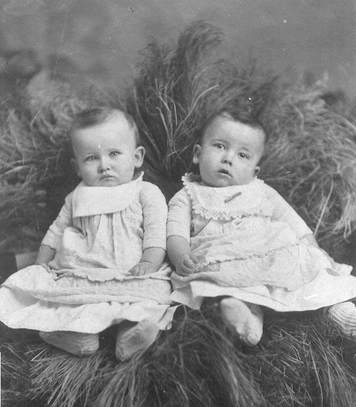
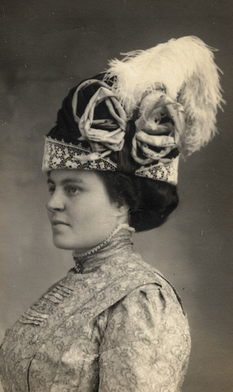

 RSS Feed
RSS Feed